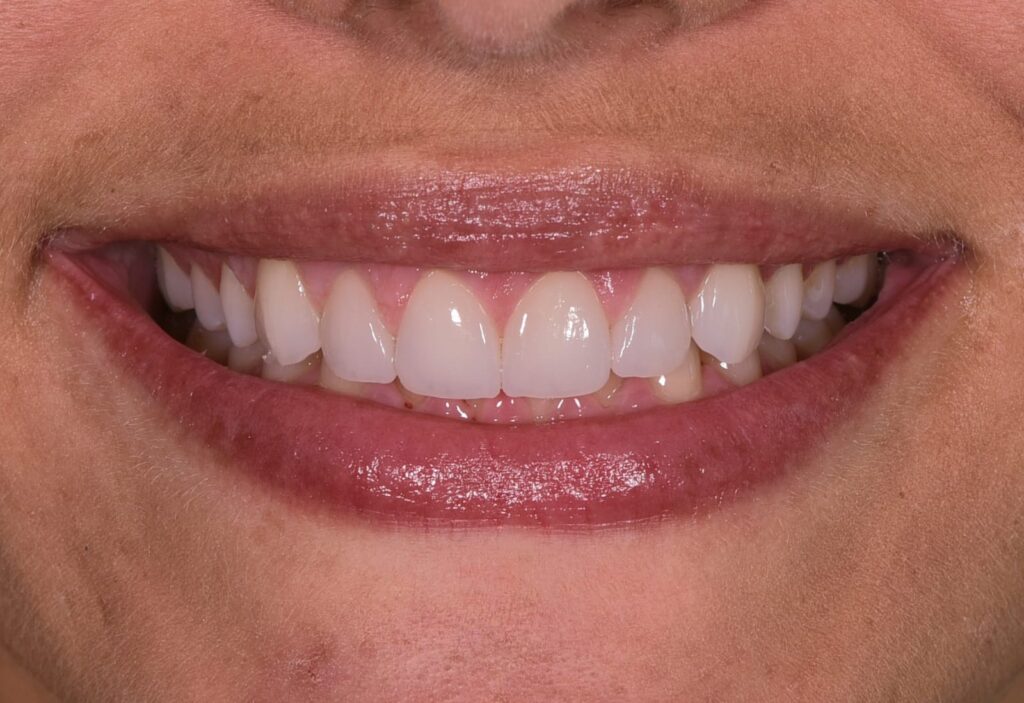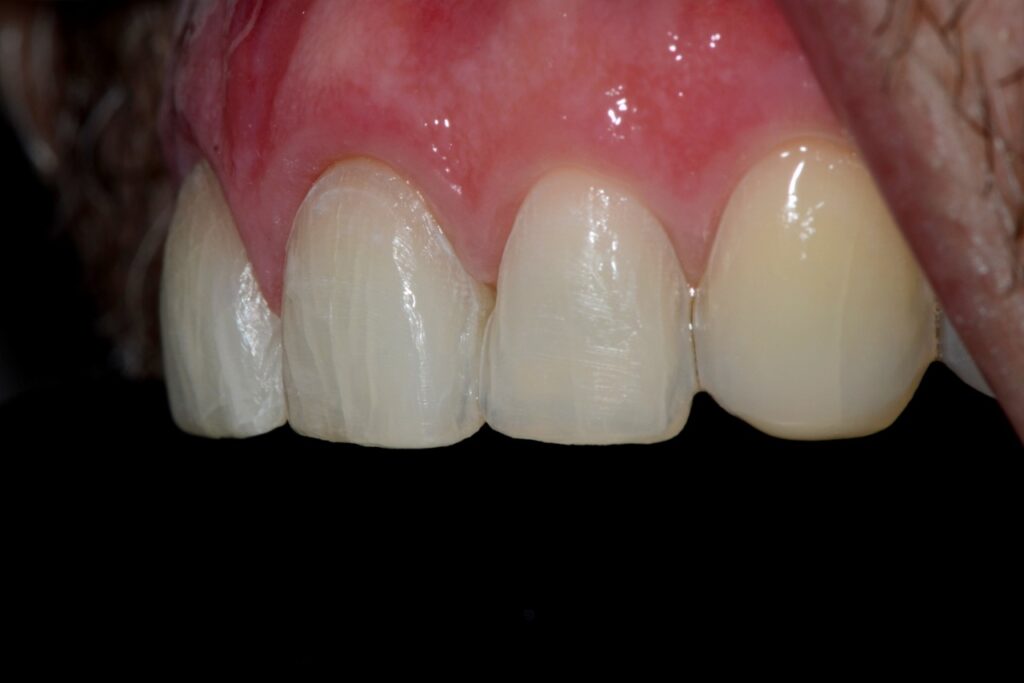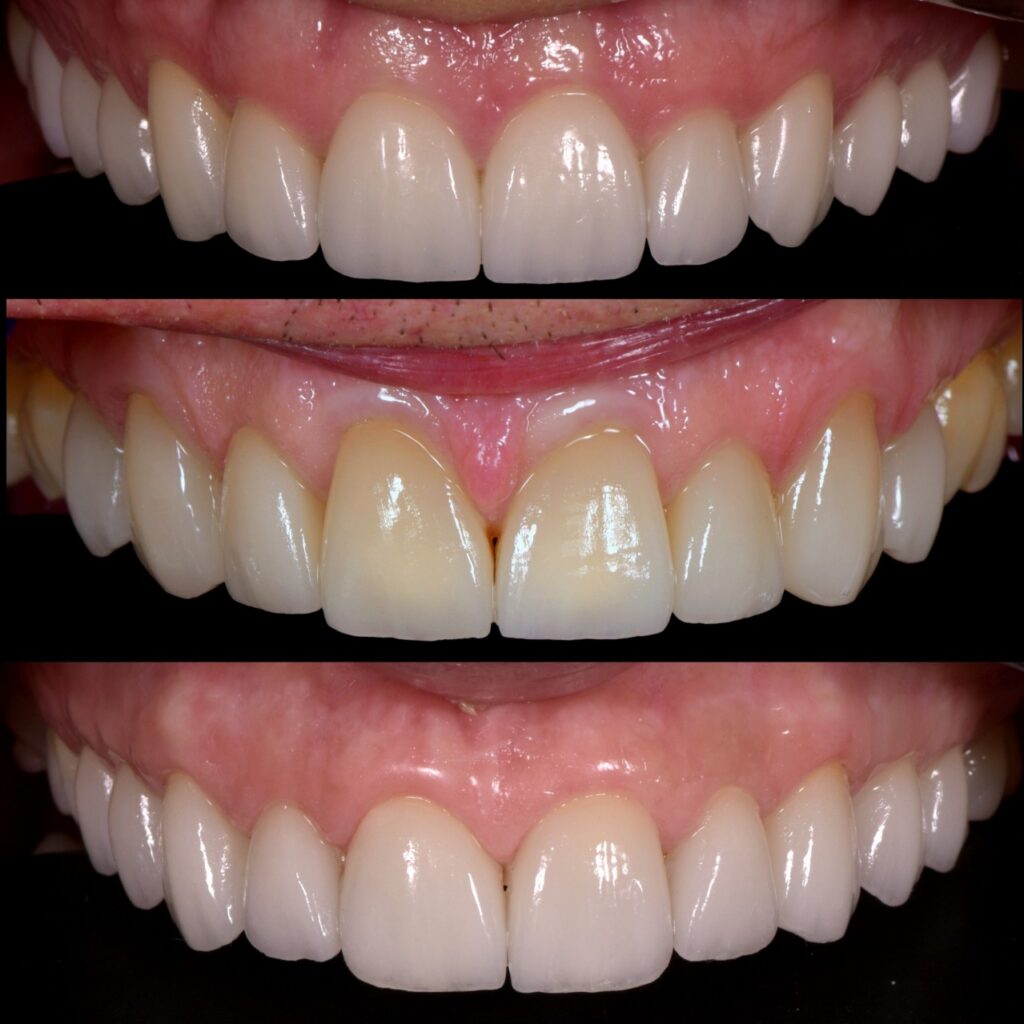Questions and answers about dental veneers
What is the difference between old fashion veneers and modern dental contact lenses ?
Dental contact lenses and porcelain veneers are widely used aesthetic solutions in dentistry, but they have important differences. Dental contact lenses are ultra-thin ceramic sheets designed to be applied directly to the teeth with minimal or no wear of the original structure, providing a highly aesthetic and natural result. On the other hand, veneers, although also made of porcelain, usually require a little bit more tooth wear and are indicated for cases that require more significant changes in the shape or position of the teeth.
With advances in dentistry, the manufacturing of these covers has become more precise and efficient. Today, it is possible to produce extremely thin dental contact lenses thanks to the evolution of materials and manufacturing techniques, allowing for less invasive procedures. Furthermore, the integration of technology, such as digital scanning of dental arches and the use of digital planning software, has brought more speed, safety, and predictability to the process. This modernization not only improves the patient experience but also ensures personalized and high-quality results in less time.

Is it necessary to wear down - shave - a lot of the teeth?
Currently, the wear or shaving required for the application of dental contact lenses is minimal or even nonexistent, thanks to advancements in materials, ceramics, techniques, and technology. This wear is almost imperceptible (see the photo below), representing a significant evolution compared to the methods used in the past. However, in specific cases, such as when the patient has very crooked teeth or is replacing existing lenses, it may be necessary to perform slightly more significant wear.
It is important to emphasize that the ideal scenario is for the lenses to be applied to aligned and healthy teeth. In some situations, it may be necessary to undergo prior treatments, such as orthodontic treatment or other restorations, to prepare the teeth before placing the dental contact lenses.

Do the lenses always need to be very white?
Certainly, it is not necessary for them to be that way. In fact, most dentists tend to prefer more natural colors for the teeth. However, due to current trends or fashions, many patients opt for lighter shades, such as extremely bright white, commonly known as “bidet white” or “Mentex.”
The choice of color should be a topic widely discussed between the dentist and the patient. In many cases, people with lenses have teeth in such natural shades that they go unnoticed, with only a beautiful and harmonious smile being noticeable. On the other hand, there are those who choose such intense white shades that they end up being remembered more for the color of their teeth than for their activities or profession. However, this decision is a matter of personal preference and should respect each individual's taste.

And what about the care after placing the lenses?
The maintenance of teeth with lenses is similar to the care of natural teeth. Brushing and flossing should be done as usual, and regular visits to the dentist remain essential to check oral health and the integrity of the lenses.
Ceramic lenses are durable and can last indefinitely. However, factors such as changes in tooth position or gum recession, common with aging, may expose parts of the tooth not covered by the lens. For this reason, it is recommended to assess the need for replacement or updating of the lenses after approximately 10 years.